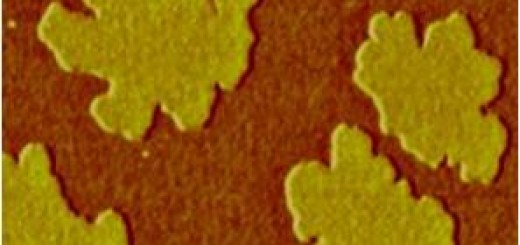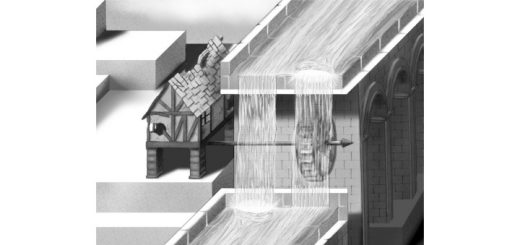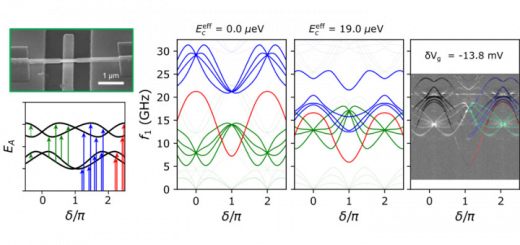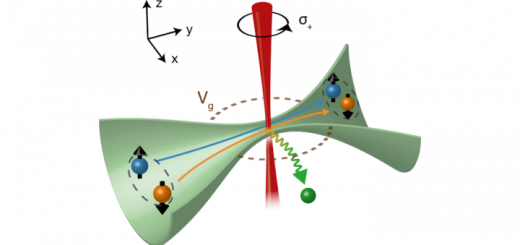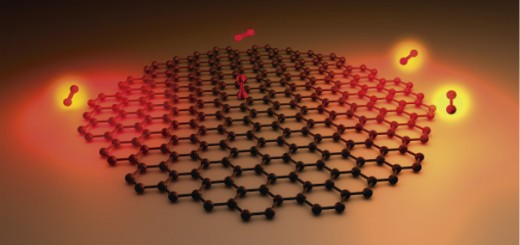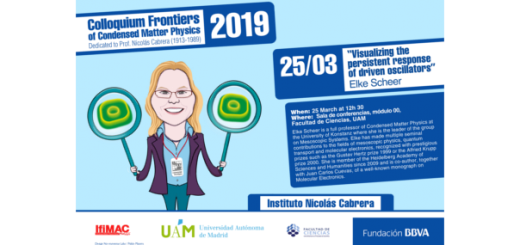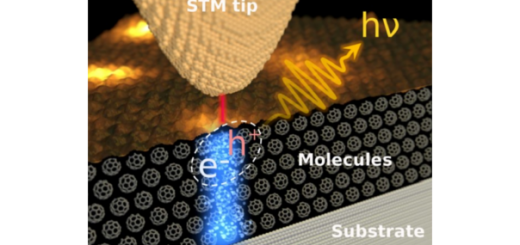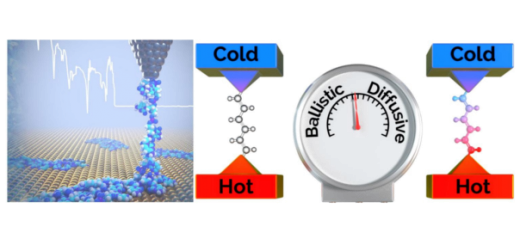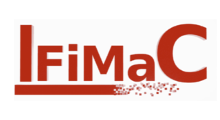Josephson current in finite-length nanowire SNS junctions with Majorana fermions
 Wednesday, 23 noviembre 2011. 12:00-13:00
Wednesday, 23 noviembre 2011. 12:00-13:00
Ramón Aguado
ICMM, CSIC
ABSTRACT:
The combination of strong spin-orbit effect with a Zeeman field may lead to the formation of helical electron liquids in single-channel semiconducting nanowires. When such an helical wire is contacted with an s-wave superconductor it is possible to induce a topological phase in which the system supports Majorana bound states (MBS) [1,2]. The Josephson current through junctions of these one-dimensional topological superconductors exhibits an anomalous $4\pi$ periodic phase ($\phi$) dependence owing to the presence of MBS. Such a ‘fractional’ Josephson effect, which originates from a parity-protected level crossing of zero-energy MBS at $\phi=\pi$, is ubiquitous in systems supporting MBS [3,4,5] and provides an important experimental signature towards detecting MBS in a solid-state setting. To date, most of the theoretical studies have been restricted to either simplified models, such as Kitaev’s [2], or to infinite-lenght superconducting junctions (except [6]). In this talk, I will discuss the Josephson effect in more realistic SNS junctions of arbitrary transparency and when both the normal and the nanowire regions are of finite length, namely beyond the short-junction and infinite topological superconductor limits. In general, the spectrum of Andreev bound states can become rather intricate and dense as opposed to the infinite-length case. Moreover, the low-energy spectrum around $\phi=\pi$ shows always anticrossings, originated from hybridization of four MBS, which may preclude the experimental observation of the fractional Josephson effect. At finite bias voltages, Landau-Zener dynamics involving the MBS and quasi-continuum Andreev levels gives rise to a nontrivial ac Josephson current. Interestingly, the ac current phase diagram as a function of the Josephson frequency/normal transmission shows regions of $4\pi$ periodicity which are tunable through bias/gate voltages [7].
[1] R. M. Lutchyn et al, PRL, 105, 077001 (2010).
[2] Y. Oreg et al, PRL, 105, 177002 (2010).
[3] A. Y. Kitaev, Physics-Uspekhi 44, 131 (2001).
[4] H.-J. Kown et al, Eur. Phys. J. B 37, 349 (2004).
[5] L. Fu and C. L. Kane, PRB, 79, 161408 (2009).
[6] D. I. Pikulin and Y. V. Nazarov, arXiv:1103.0780 (2011).
[7] Elsa Prada, Pablo San Jose and Ramón Aguado, in preparation.


